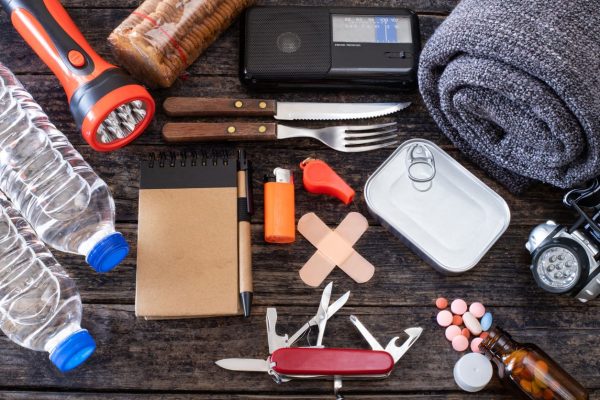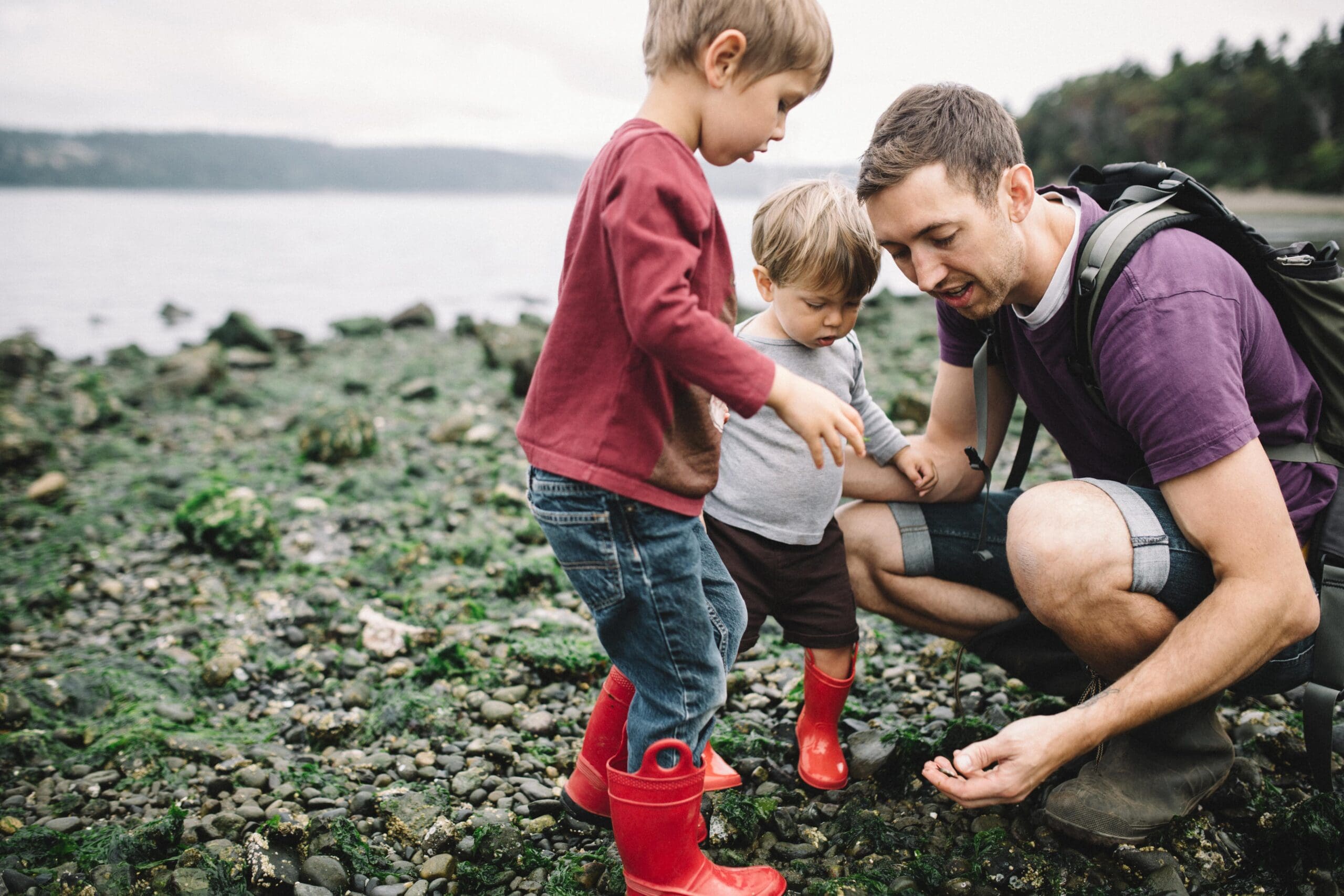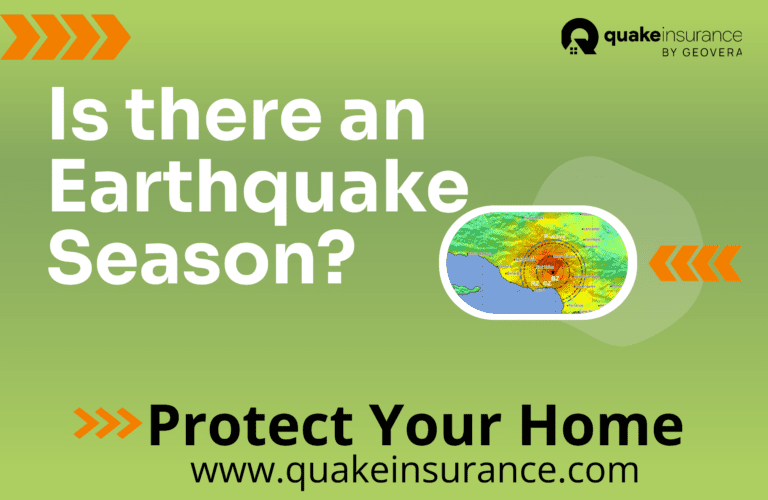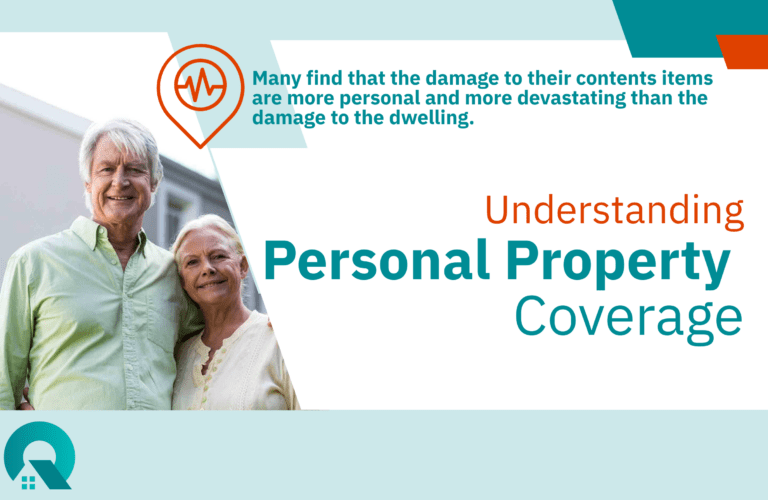When you think of emergency supplies, do you think of a large shelf in the corner of your garage or basement overflowing with everything imaginable? If you live in an earthquake or natural disaster-prone area, like California or the Pacific Northwest, you know emergency preparedness is all about collecting the supplies. The effort to make sure you have emergency survival kit supplies squirreled away in every location thinkable may feel like overkill.
If you consider how much time you spend behind the wheel of a car–17,600 minutes a year on average for most Americans, not including any vacation driving–then it only makes sense to start thinking about what you need to store in your vehicle for disaster planning. Eight items are all you need to cover the basics of your car emergency survival kit. You may already have some of these on hand, and you’ll probably be glad you have them handy for everyday use, too.
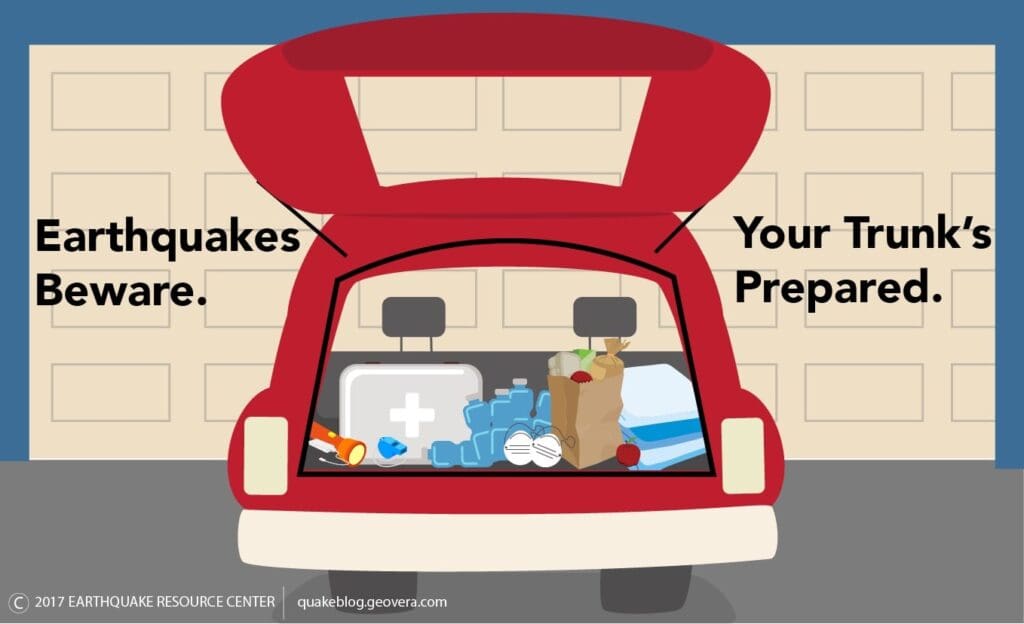
Here are the eight emergency survival kit items you absolutely must have in your car for disaster preparedness:
Whistle
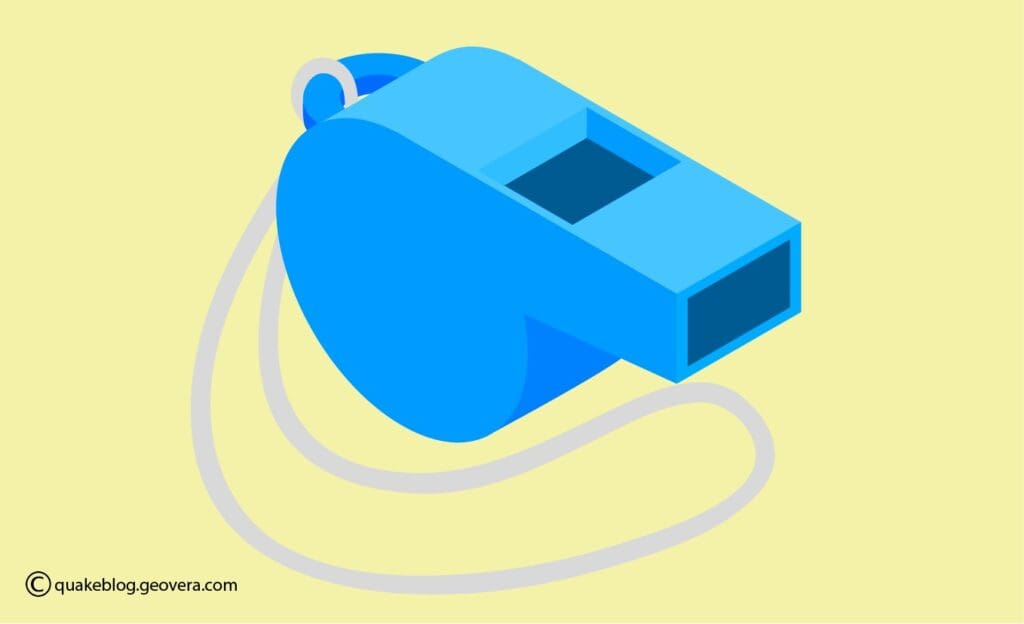
Okay, this one isn’t something that has to stay in your car emergency survival kit, but you should have this with you when you’re on the go. If you live in an earthquake-prone area, you’ve probably been told to have a whistle on your keychain, and for a good reason. A whistle will help rescuers find you if you’re trapped in a building, under rubble, or in your car after a disaster. The high-pitch sound of the whistle will be much easier for others to hear. It could also save your life if you are unable to yell for help due to dehydration, injury, or being crushed under heavy objects.
Tip: Make sure you get the kind of whistle that doesn’t have a cork pea. These are much more durable and reliable.
Flashlight
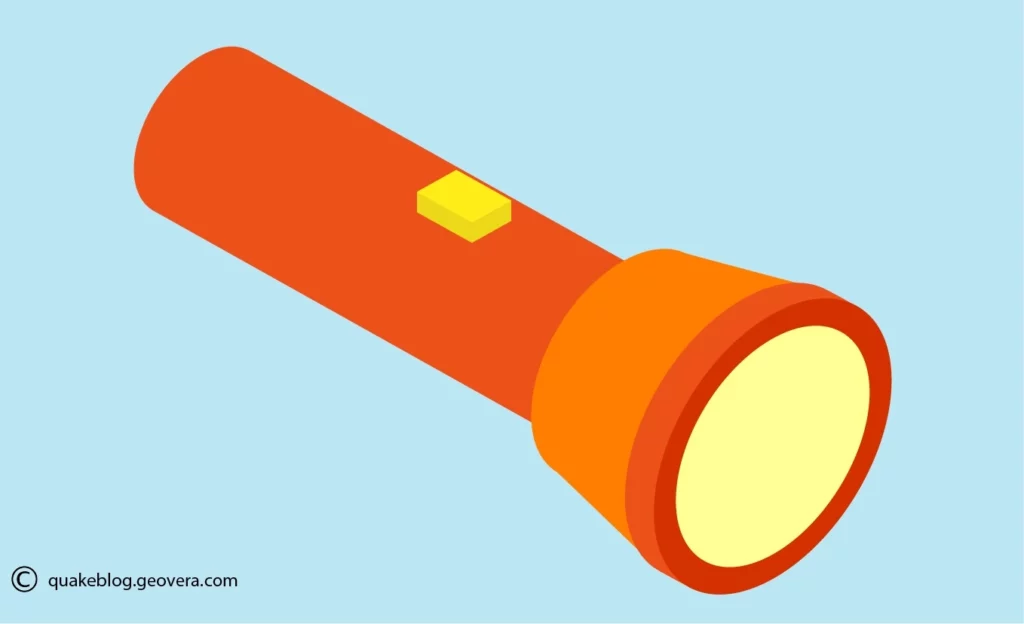
If you’re traveling when disaster strikes, electricity will be one of the first things you’ll lose. Keep a flashlight in your car emergency survival kit for long-term survival on-the-go and a small keychain flashlight with you. The keychain flashlight will help you if you are stuck in a building or on public transportation and you need to find a way out.
Tip: Look for the LED flashlights with a good battery life and extra bright light. These are much more effective compared to traditional flashlights.
First-Aid Kit
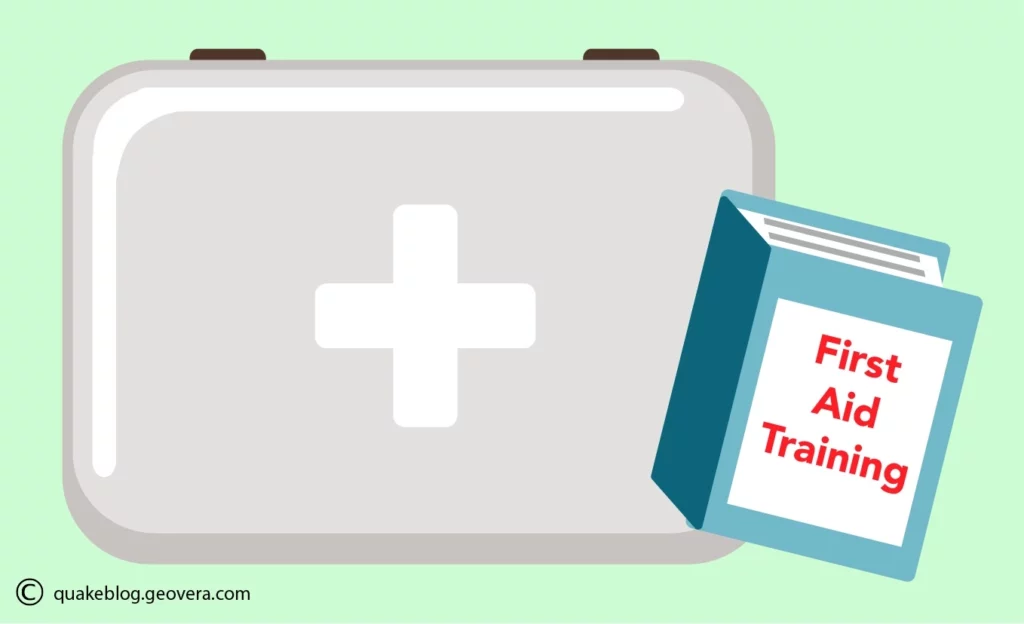
This one is an absolute must. You should have a first-aid kit available in the places you frequent most, and that includes a first-aid kit for your car. Not only will this be useful to you after a major disaster, but it will be good to have on hand for those minor blisters, scrapes, and bug bites on any road trip.
Your first-aid kit should include individually wrapped alcohol pads, a variety of bandages, and packets of antibiotic ointment.
Emergency blanket
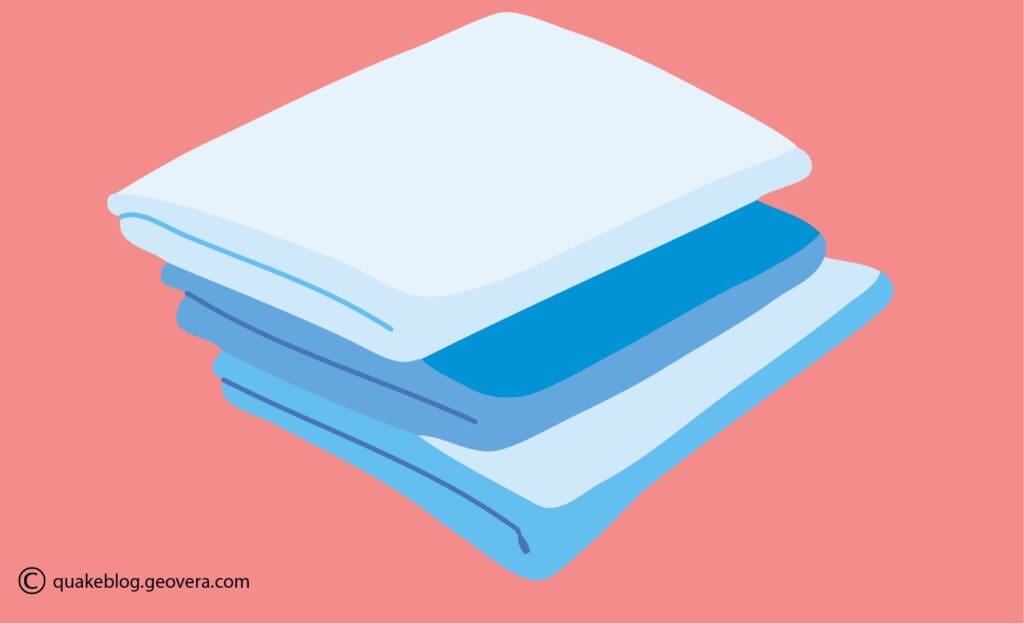
A mylar space blanket is a surprisingly useful item to keep in your car emergency survival kit. The best part about a mylar space blanket is that they are very portable–taking almost no space when folded up–but they are very efficient at containing body heat when used correctly.
If you find yourself exposed to the elements for an extended period, whether by bad luck while traveling or because of a natural disaster, you’ll be glad to have something to keep you warm when electricity and heat sources are not available.
Tip: Keep a regular blanket or all-weather blanket with you in addition to your emergency blanket for extra warmth in extreme conditions. Emergency blankets have their pros and cons.
Dust Mask

Dust masks are crucial in a natural disaster survival kit. When wildfires engulf an area, these sell out almost immediately in stores.
Debris from dust and fire can cause short-term breathing problems and lasting health issues. A simple dust mask won’t filter everything, but it will filter some of the larger particles from the air. It’s best to have these ahead of time rather than assuming you’ll be able to find one after a disaster or when traveling.
Tip: Checking the label is essential. You’ll want to use “N95” rated masks. N95 means it will filter 95% of airborne particles from the air that aren’t oil-based.
Backup Portable Charger
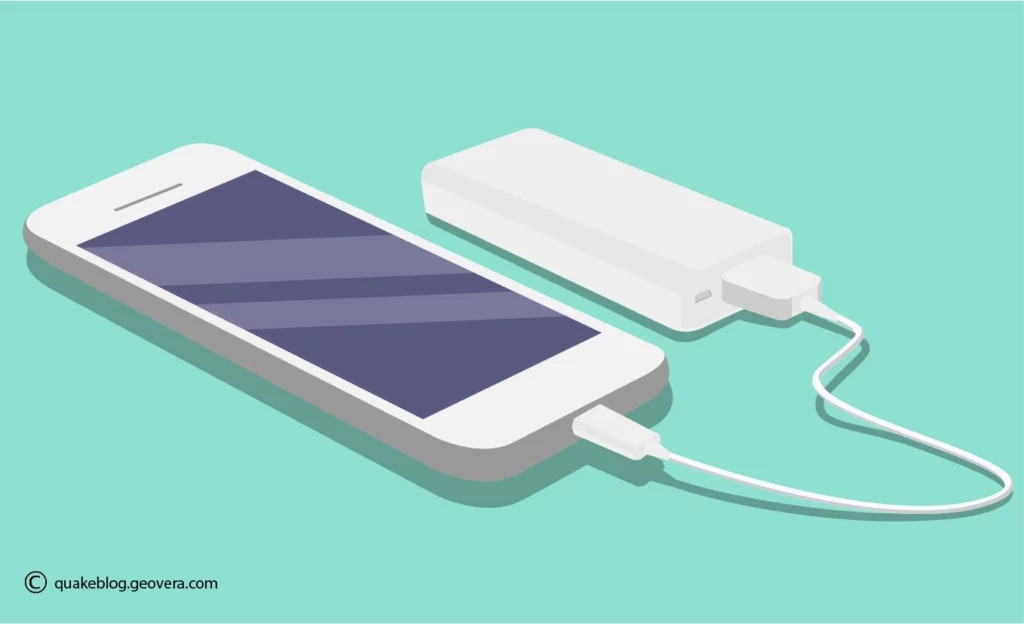
Many people already include these in their travel gear, but they are a must-have for emergency preparedness. Your cell phone will be your most versatile resource after a disaster. Without access to electricity or a power outlet, you’ll have to rely on your portable charger to charge your phone. No Wi-Fi or cellular data? Your smartphone can be useful as a flashlight, a camera, and a database for valuable information (among other uses).
There are two kinds of portable chargers to consider for your car survival kit: solar-powered and battery-powered. There are pros and cons to each, but at least one should be in your travel kit.
Water
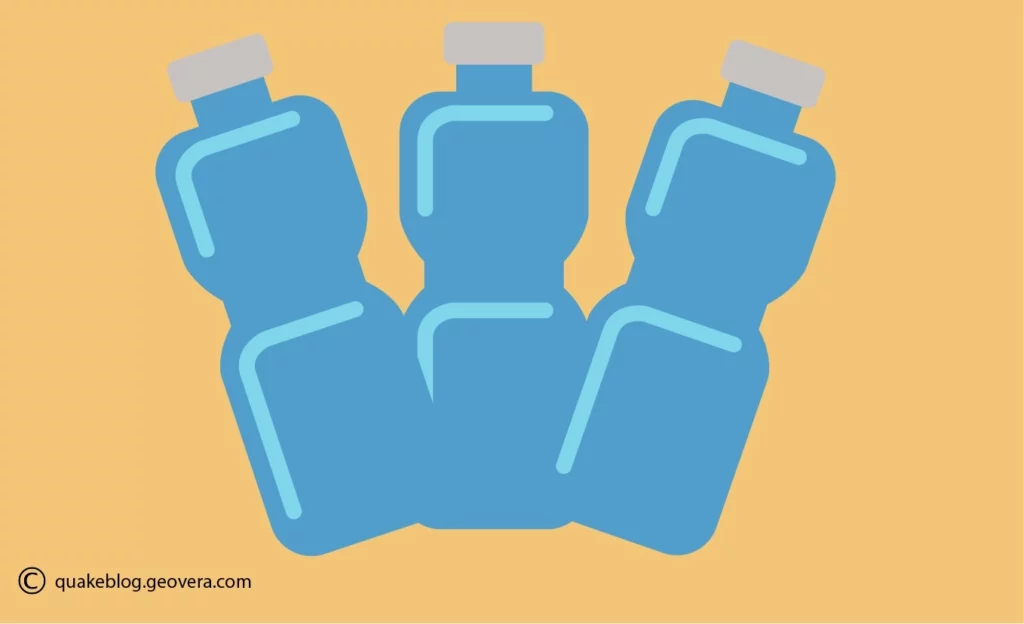
Water should be a top priority for all of your emergency preparedness lists. Clean water is the most important thing you can have with you after a disaster or when traveling. Before you buy a case of gallon-sized jugs, think about a practical size that you can:
Carry with you if you need to abandon your vehicle or fit it into a bag and
Refresh as required since water does have a shelf life.
Our recommendation? Save yourself from the hassle of buying a case of water. Invest in 1-2 reusable water bottles and fill them every morning (or whenever you travel). They will be more durable and easier to carry when you’re away from home or work.
Food
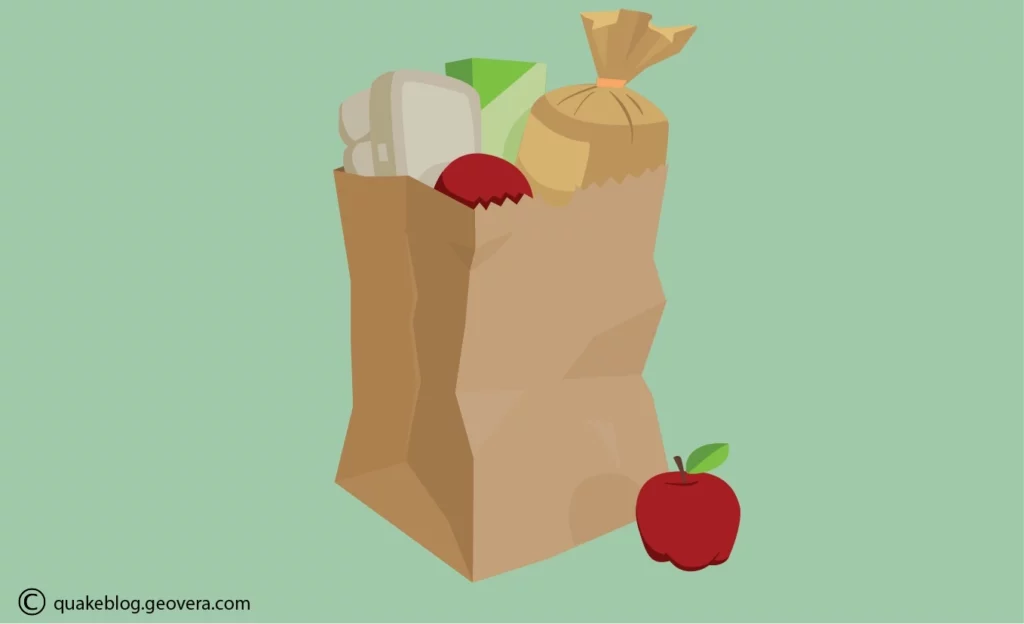
Maybe we saved the best for last, but the food is another top priority for your car survival kit. After a disaster, finding food will be no easy task. Keep a supply of high-protein snacks and non-perishable options in your go-bag. Nuts, health bars, and trail mix are three easy-to-pack supplies that are sustainable sources of energy and protein.
Don’t wait until the holidays or a vacation to put together your kit. Start putting it together right away. Make sure you’re ready by including these essential (and portable) items in your travel emergency survival kit.
